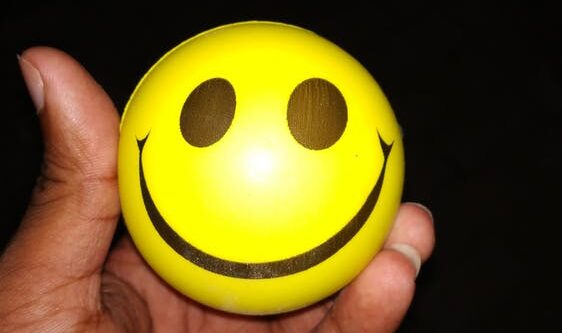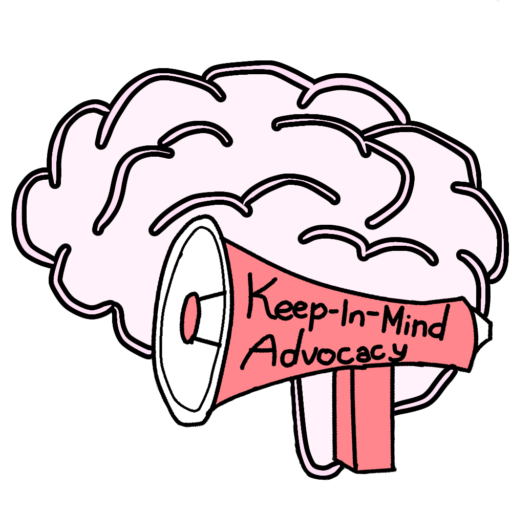DISCLAIMER. As always, this is an opinion piece. Unless stated by a source, all information is opinion based. If you see any medical advice attached to this, consult your doctors. What may work for someone else, could be potentially dangerous to you.
The term “stress” was introduced into the psychology vocabulary in 1926, by Hans Selye. While the term “stress” is a well known word, Selye actually used the term “strain” to denote his concept, as it suggested structural changes, like the amount of cortisol, the primary stress hormone, into the body. The term “stress” emphasizes external factors. Selye believed that “stress” consisted of the “sum of all nonspecific changes (within an organism) caused by function or damage” or, more simply “the rate of wear and tear in the body” (Selye, 1956). Since then, researchers have used the term “stress” to emphasize on increased stress chemicals, such as cortisol stemming from outside sources, such as external pressure.
There was a method used by Lazarus and Folkman that focused on both behavioral and psychological moments, that people use to decrease stress. The list of coping mechanisms suggested by Lazarus in 1986 was:

However, comparing Folkman and Lazarus’ Ways of Coping Questionnaire to Carver and Weintraub’s Coping Orientation of Problems Experienced (COPE), problem focused coping, includes active coping, planning, restraint coping, seeking social support for instrumental reasons, and suppression of competing activities. Emotional-focused coping includes positive interpretation and growth, religion, humor, acceptance, and seeking social support for emotional reasons. Carver added another model named dysfunctional coping, which focusses on venting of emotions, denial, behavioral disengagement, mental disengagement, and alcohol/drug use.

Using all the information above, you can gain a sense of what you believe may or may not work for you. I personally find that planning and taking self responsibility for what I have been dealing with, works best for me. However, each person is different.
For emotion-focused coping, a way to deal with overwhelming emotions, is to use the Temple Grandin squeeze machine technique.
According to The Sensory Toolbox, Dr. Temple Grandin struggled with sensory sensitivity from an early age, where physical contact, sounds, and lights were overwhelming. Today she is diagnosed with ASD (Autism Spectrum Disorder). She works with livestock, and at 18, realized that if animal chutes were used correctly, they could apply deep pressure to animals on their way to slaughter. This technique calmed them down, allowing them to continue their path. She created squeezing chutes for cattle and is known for her contributions to changing how cattle are treated.
At some point, she began to experiment with creating something similar to what cattle use, to see if it would work the same way, with humans. After some experimenting, Grandin successfully created a squeeze machine. How it worked, was she would go in, and it would create the pressure of a hug, without physical contact. This would create the same stimulation as a hug would and release the required toxins to the brain calming it down, without the increased anxiety of human presence.
If you don’t want to create a squeeze machine of your own, pressing yourself into a wall, can simulate a feeling of stability, and release dopamine to combat the cortisol stress releases. This is my own personal way of dealing with panic attacks, so it may not work for everyone.
Sources used and additional resources:
“Brief-COPE.” novopsych.com.au/assessments/formulation/brief-cope/.
“Coping Strategies.” ScienceDirect.com | Science, Health and Medical Journals, Full Text Articles and Books, www.sciencedirect.com/topics/medicine-and-dentistry/coping-strategies.
Folkman, Susan. “Ways of Coping Mechanisms.” Division of Prevention Science, prevention.ucsf.edu/sites/prevention.ucsf.edu/files/uploads/tools/surveys/pdf/Ways%20of%20coping.pdf.
“Temple Grandin’s Squeeze Machine and Using Deep Touch Pressure.” The Sensory Toolbox, 10 Mar. 2022, thesensorytoolbox.com/temple-grandins-squeeze-machine/.
“Stress and Coping Mechanisms: A Historical Overview.” Richtmann Publishing, www.richtmann.org/journal/index.php/mjss/article/view/5927.
“How Your Body Reacts to Stress.” Smithsonian Magazine, 9 Aug. 2017, www.smithsonianmag.com/science-nature/what-happens-your-body-when-youre-stressed-180964357/#:~:text=When%20we%20feel%20under%20pressure,%2Dor%2Dflight%E2%80%9D%20response.


Comments are closed